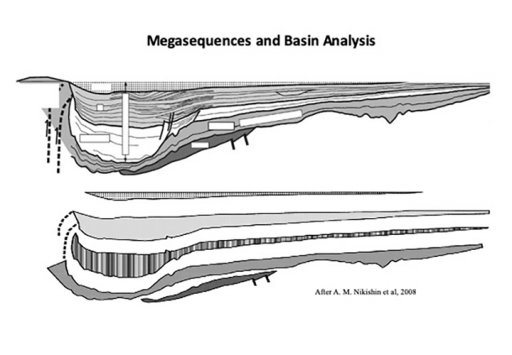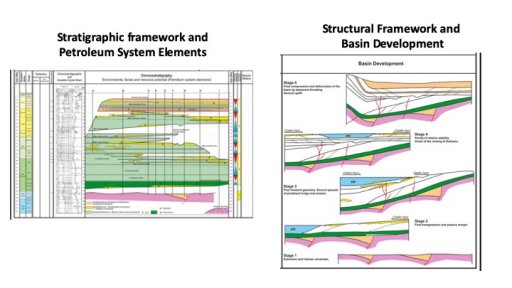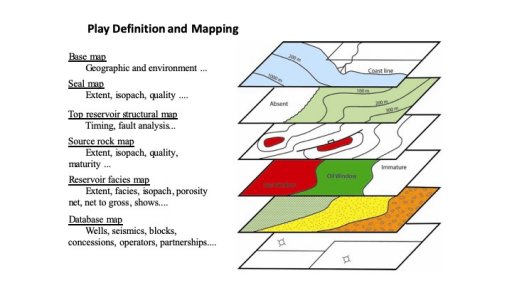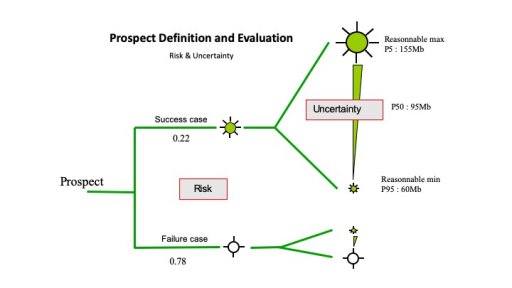From Basin Analysis to Prospect Evaluation
A methodology to analyse a basin, generate plays and evaluate prospects
- Course Type
Classroom Course - Duration
5 DAYS - Thematic
Geosciences - Location
- Country
ANYWHERE -
Satisfaction rate

Why should you attend?
This case study aims to integrate the different approaches from a basin scale to a prospect scale.This course is especially designed to give attendees a global overview and a methodology from basin analysis to play definition and to prospect evaluation. It will accelerate their understanding of the exploration process and speed up their autonomy to exploration process.
Main Objectives:
- Equip geologists and geophysicists with a robust methodology from basin analysis to play definition and to prospect evaluation.
- Clarify and organize the technical different steps of a basin exploration study and bring all the data into coherence.
- Help attendees to generate key documents for helping the management to make clear choices.
Learning Approach:
This course is a case study necessitating an active participation of attendees with hands-on practical exercises. Attendees will work by pairs, ideally one geologist and one geophysicist.
All the results are reported during the week on a summary document A0 called "Basin Analysis Summary" which allows a general synthesis of the work, effective for a final presentation exercise.
The work is done on paper (seismic, well, "Basin Analysis Summary" document).
The case study is interspersed with short presentations (15 - 30 minutes) when necessary (geodynamics, mega sequences, chronostratigraphic diagram (Wheeler), play, prospect evaluation, etc. ...). All documents are provided.
HSE requirements:
No specific requirement for this course that can take place in any meeting room with validated HSE characteristics, in your company premises or elsewhere.
Course Agenda:
One week (35-40 hours) is the ideal time. The case can be shortened or lengthened according to the request.
Day 1
- Presentation of the case study and data set: 1 regional seismic line (200km), calibrated by 10 wells simplified in terms of lithologies, age and depositional environment
- Geodynamic context: What kind of basin? How many superposed megasequences?
- Interpretation of the seismic line (about 15 markers)
Day 2
- Interpretation of the seismic line (continued) - Highlighting of geometries (toplap, downlap, onlap, prograding systems, depocenters, erosion, etc.).
- Report lithologies from wells on the seismic line. Control of consistency of basin geometry and depositional environments.
- Elaboration of a global tectonic and stratigraphic framework.
Day 3
- Construction of a chronostratigraphic diagram (Wheeler diagram) and coherence control of deposits and geological ages. Calibration in time of the basin.
- Identification of the reservoir/seal pairs, source rocks and oil and gas kitchens (on the interpreted seismic line).
- Illustration of the place of the basin modeling in the sequence (data, limitations, results). Petroleum event chart.
Day 4
- Integration of the previous oil results of the basin and construction of a schematic section illustrating the different "plays" existing in the basin.
- Status of the different “play” in the basin: proven plays, tested dry or conceptual
- Focus on a "play" defined on the seismic line on map at the basin scale ("play" extension map provided).
Day 5
- Definition of the different prospects associated with the "play" and for each one of them, assessment of the risks necessary for a full evaluation before drilling.
- Discussion and choice of the least risky prospect
- All the results are reported during the week on a summary document A0 called "Basin Analysis Summary" which allows a general synthesis of the work, effective for a final presentation exercise.
Prerequisites
The course has been designed for young professionals (geologists or geophysicists) willing to have an integrated view of the different steps of an exploration approach.
This is not a course for a particular area of geology. Attendees must have a general knowledge of sedimentary geology (geodynamic, basin, stratigraphy, structural geology, geochemistry) and a first experience (limited) in seismic interpretation.
Lecturers
-
 ROY J.P.As a Petroleum Geologist graduated from IFP-School, Jean-Pierre has 38 years of experience. He started his career with Geoservices, then BP, being involved in geological operations, then basin synthesis studies. Hired by the French Petroleum Institute in 1991, he occupied various positions within IFP-School Petroleum Geosciences master's education programs. From 2006 to 2013, he was appointed Director of the E&P Department. During this period, he also involved himself as team leader of regional studies (South America, Austral Basin) for BEICIP & TOTAL. Lately employed by TOTAL he was posted successively as Geosciences Advisor in Nigeria, then Head of the Strategy Competition & Benchmark team in the Exploration Division in Paris headquarters.
ROY J.P.As a Petroleum Geologist graduated from IFP-School, Jean-Pierre has 38 years of experience. He started his career with Geoservices, then BP, being involved in geological operations, then basin synthesis studies. Hired by the French Petroleum Institute in 1991, he occupied various positions within IFP-School Petroleum Geosciences master's education programs. From 2006 to 2013, he was appointed Director of the E&P Department. During this period, he also involved himself as team leader of regional studies (South America, Austral Basin) for BEICIP & TOTAL. Lately employed by TOTAL he was posted successively as Geosciences Advisor in Nigeria, then Head of the Strategy Competition & Benchmark team in the Exploration Division in Paris headquarters.


